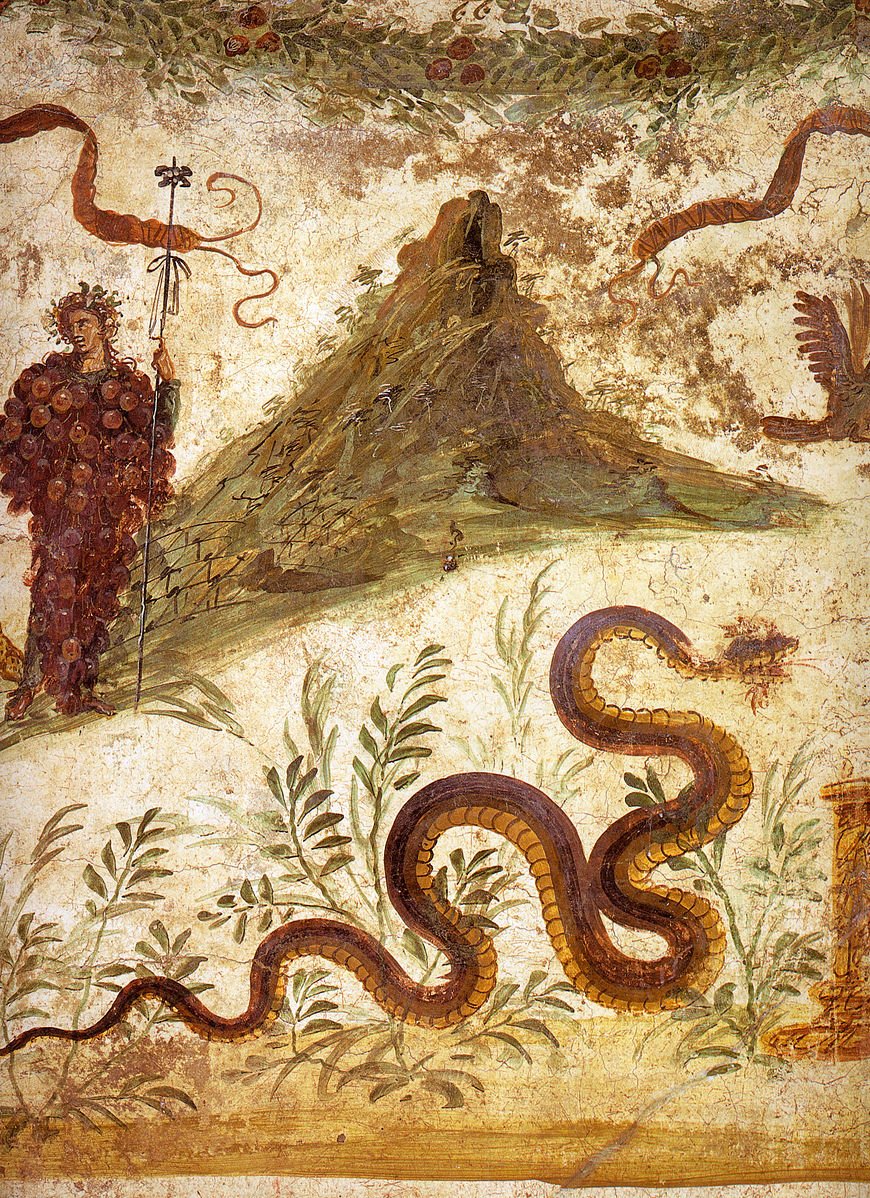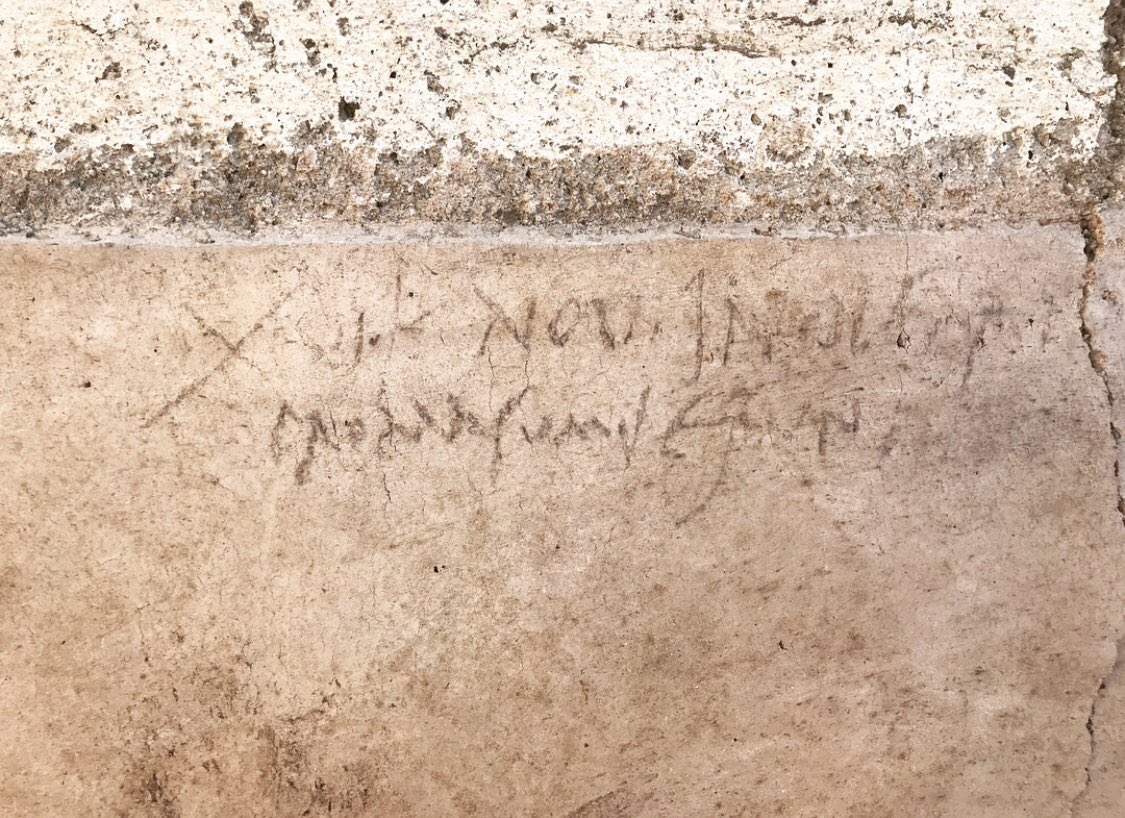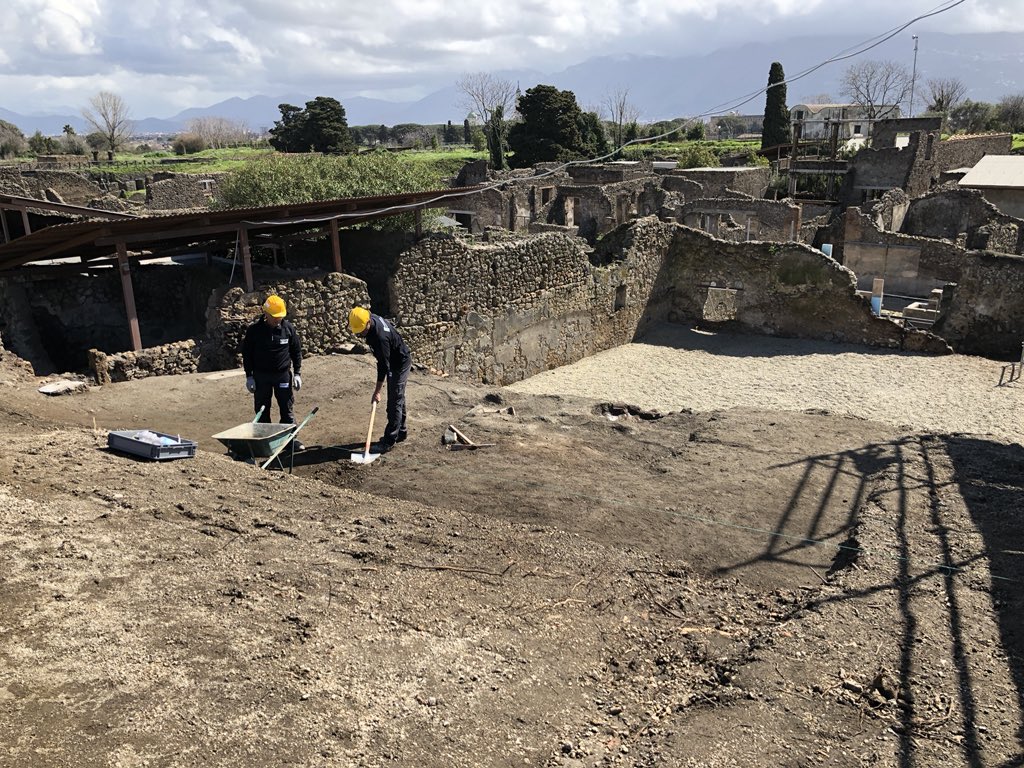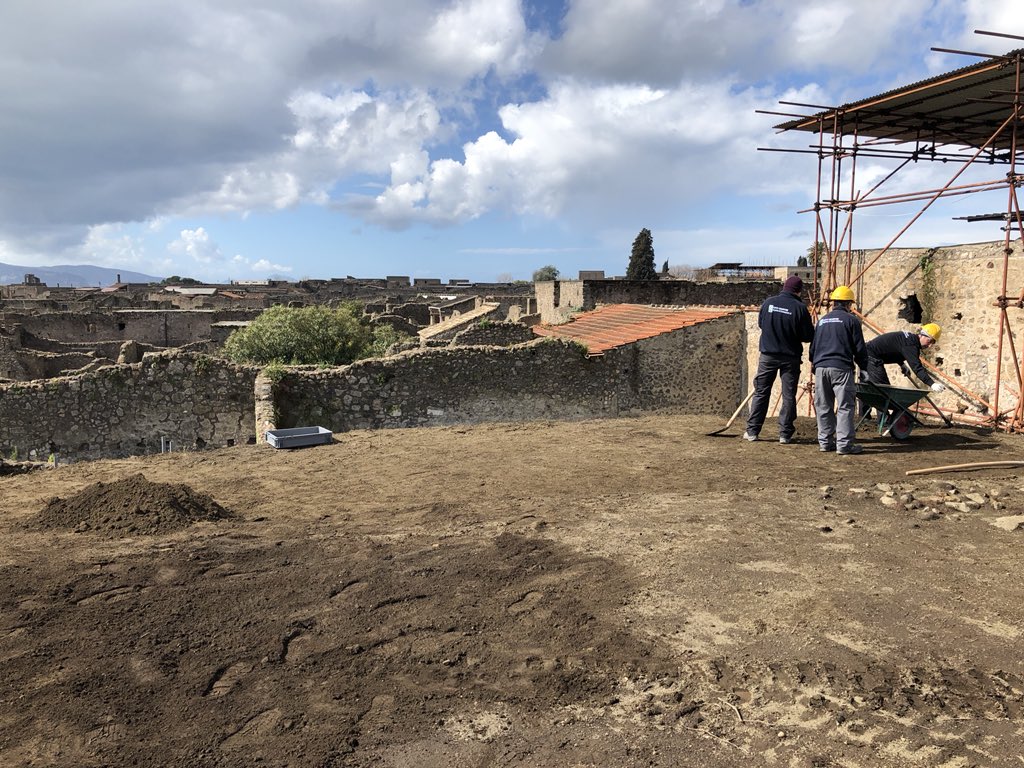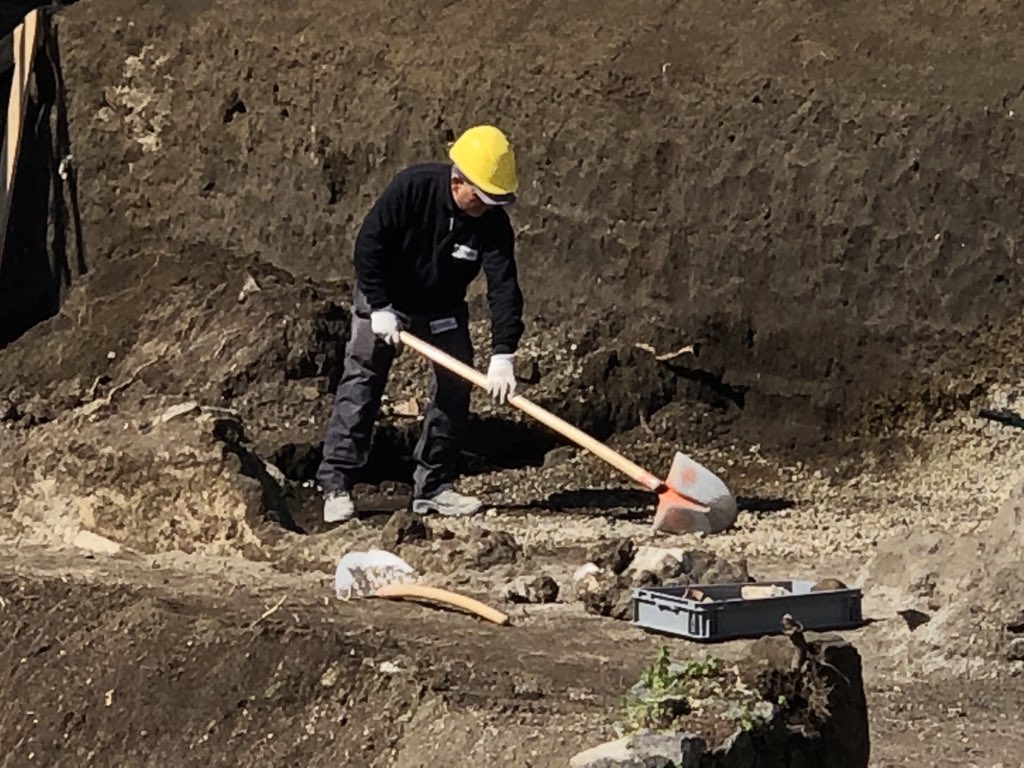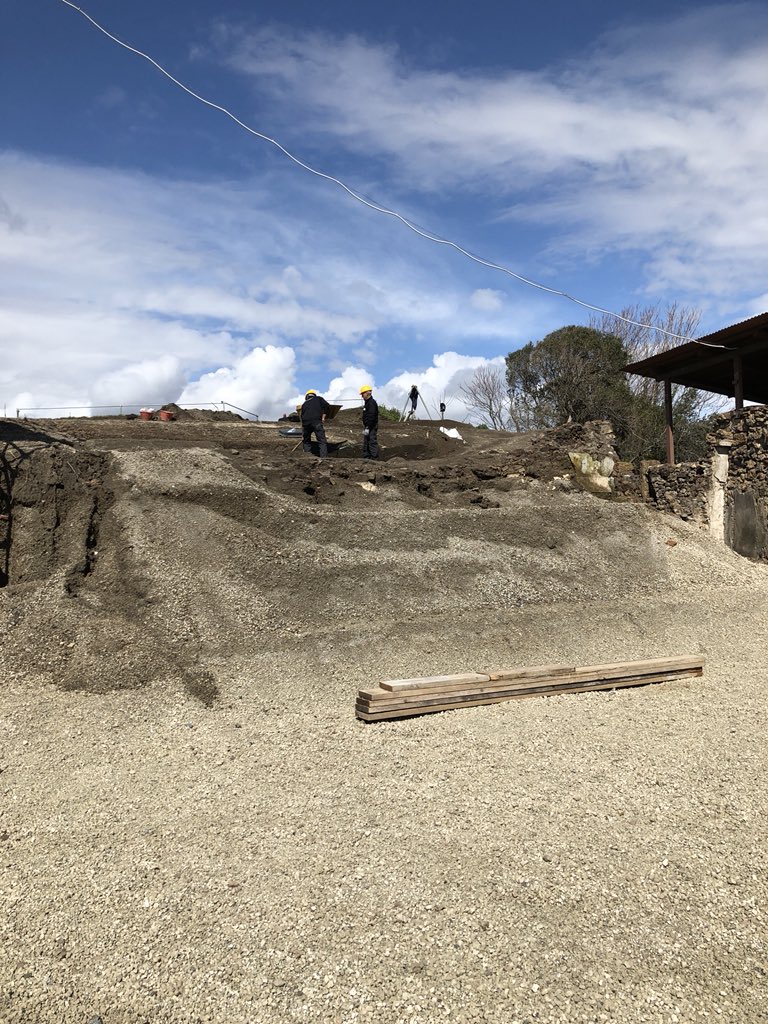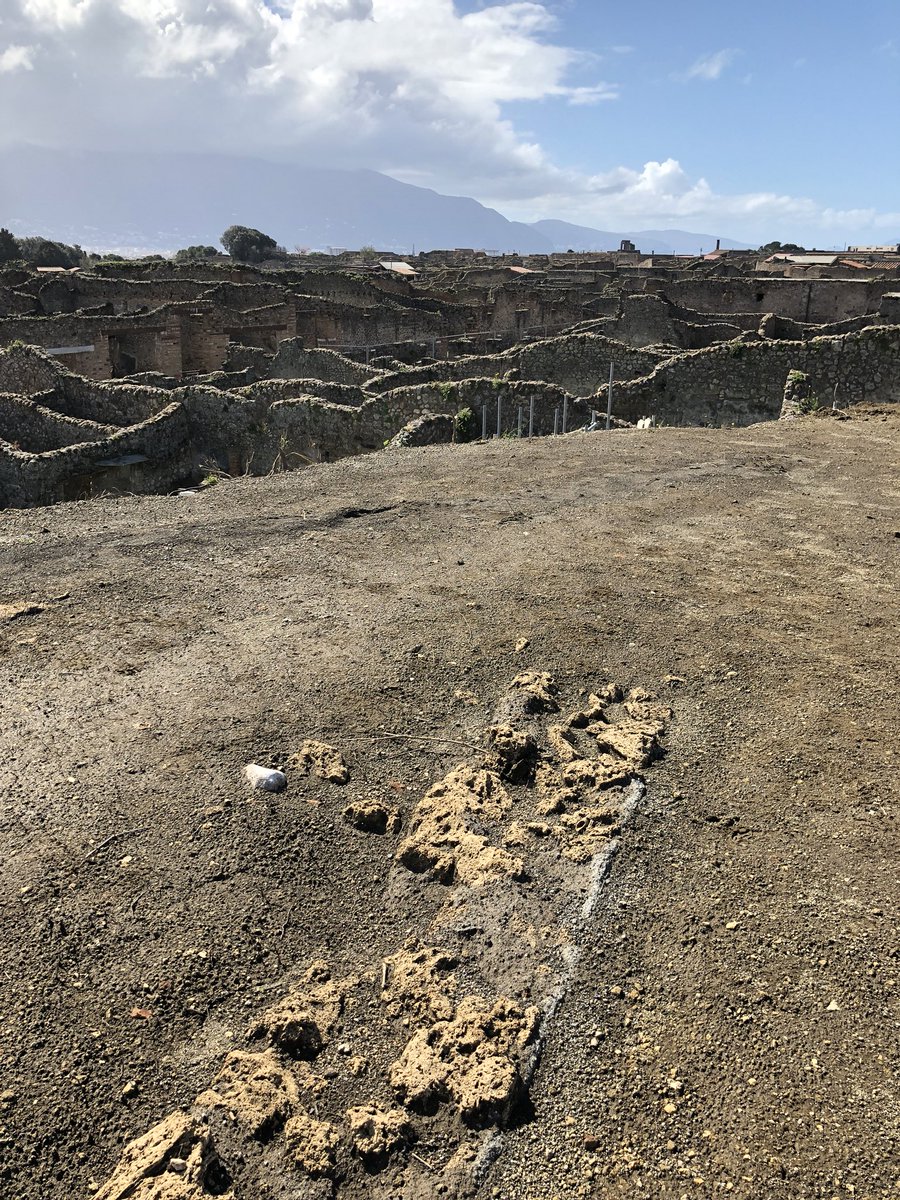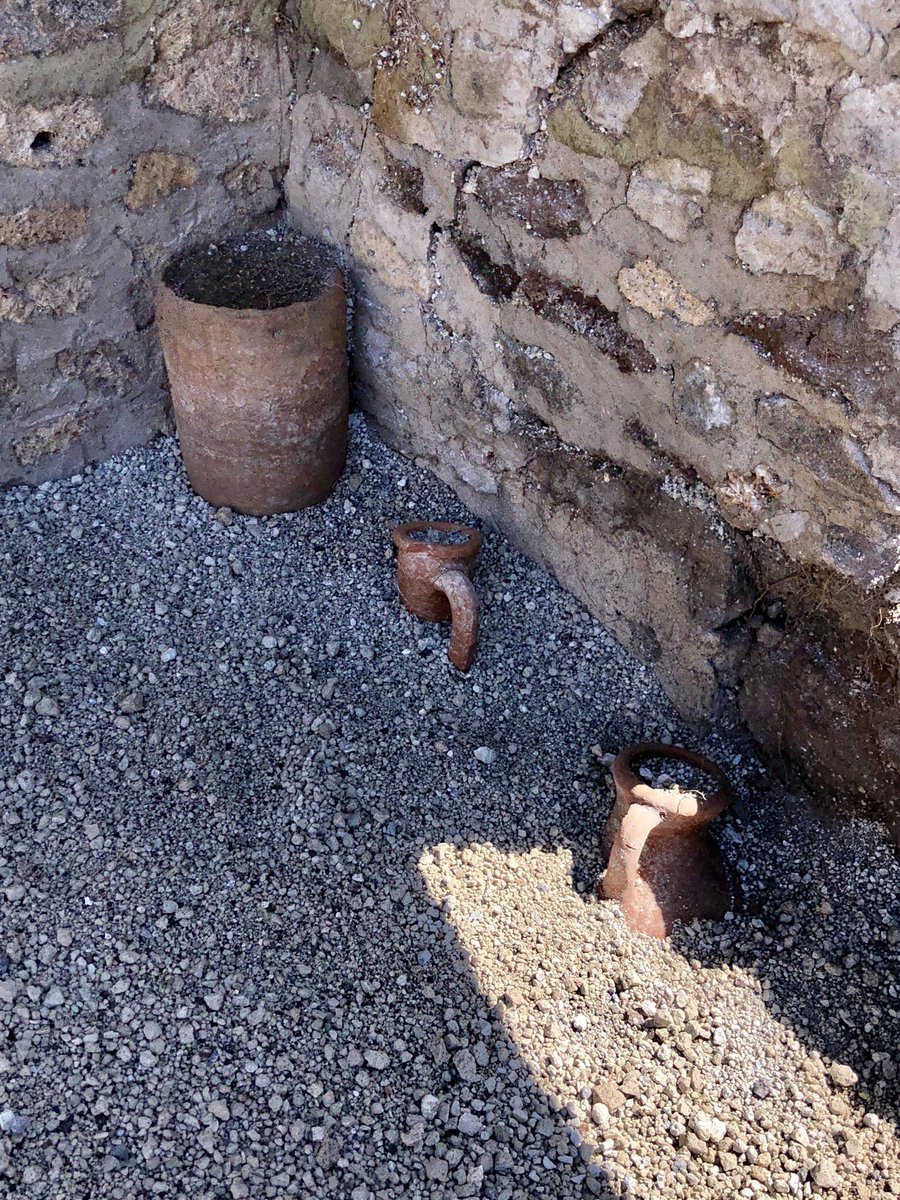forbes.com/sites/kristina…
1/
2/
3/
4/
5/
6/
7/
8/
9/
10/
11/
12/
13/
14/
15/
facesofoplontis.com
16/16
Get real-time email alerts when new unrolls are available from this author!
Twitter may remove this content at anytime, convert it as a PDF, save and print for later use!

1) Follow Thread Reader App on Twitter so you can easily mention us!
2) Go to a Twitter thread (series of Tweets by the same owner) and mention us with a keyword "unroll"
@threadreaderapp unroll
You can practice here first or read more on our help page!
